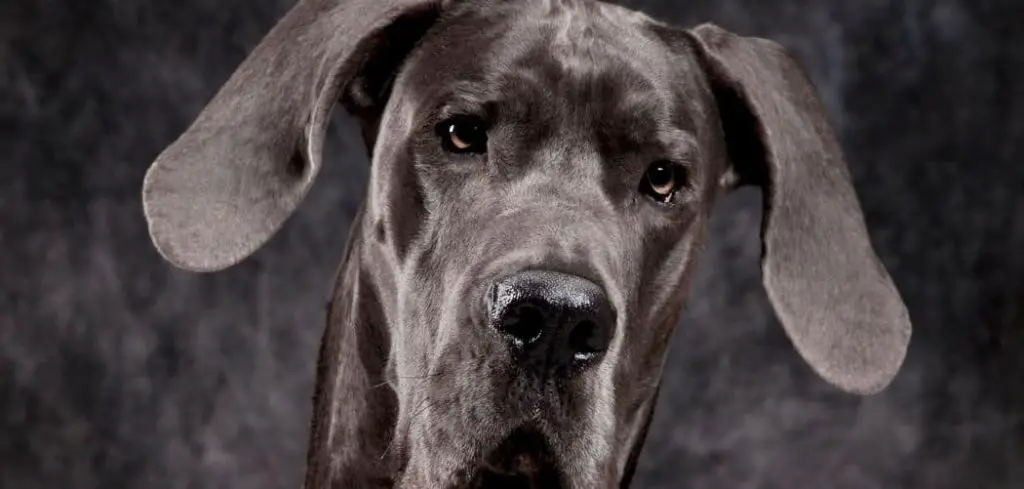If your dog starts panting heavily during a flight, it’s not just nerves—it could be a warning sign.
Air travel can be physically and emotionally stressful for dogs, especially when confined in unfamiliar spaces.
We outline the common reasons why dogs pant on planes, what you can do to keep them calm, and when to seek veterinary advice.
Table of Contents
Dog Panting on Plane — Why It Happens
Dogs may pant on a plane due to stress, confined spaces, altitude changes, heat, or even underlying health issues.
Unlike humans, dogs rely on panting to regulate their body temperature and communicate stress.
When traveling by air, they’re exposed to unfamiliar smells, sounds, and sensations—all of which can trigger panting.

Common Causes of Dog Panting on a Plane
Anxiety and Travel Stress
Flying can be terrifying for many dogs.
The experience of being placed in a crate, separated from their owner, or surrounded by unfamiliar people and noise can cause acute anxiety.
Panting is a classic response to fear and can persist even after takeoff.
Small dogs and breeds with separation anxiety are especially prone to stress-induced panting during flights.
Related: Dog panting excessively (Causes and What To Do)
Heat and Poor Ventilation
Cabin temperatures may be comfortable for humans but too warm for dogs—especially when confined in a carrier.
If your pet is flying in the cargo hold (where conditions vary by airline), poor ventilation can make things worse.
Panting helps dogs cool down, but in tight, warm spaces, it may not be enough.
Altitude and Cabin Pressure Changes
Sudden altitude changes during ascent and descent can affect your dog’s breathing.
Some dogs may struggle to adjust to the cabin pressure, which can lead to panting, restlessness, or even whining.
This is especially true for dogs with respiratory issues or flat-faced (brachycephalic) breeds like Pugs or Bulldogs.
Nausea and Motion Sickness
Just like people, dogs can get motion sickness when flying.
Symptoms include drooling, panting, whining, and vomiting.
Some dogs become nauseated from turbulence or changes in air pressure, especially on longer or bumpy flights.
Pain or Medical Conditions
If your dog starts panting heavily without obvious cause, it may indicate discomfort or pain.
Underlying heart, lung, or abdominal issues may become more noticeable under stress.
Flying might exacerbate existing conditions, especially in older dogs or those with known health problems.
What to Do If Your Dog Is Panting on a Plane
1. Stay Calm and Reassure Them
Your dog takes emotional cues from you. Speak softly, make eye contact, and offer a familiar toy or blanket to comfort them.
If they’re allowed in the cabin, gently place a hand on their carrier or pet them through the mesh for reassurance.
2. Regulate Temperature
Ensure their carrier is breathable and not placed in direct sunlight or a warm area.
If your airline allows, place a cooling mat inside the carrier or offer a frozen water bottle wrapped in a cloth for gentle cooling.
Avoid covering the carrier entirely—it may limit airflow.
3. Use Calming Products
Talk to your vet before travel about using calming supplements, pheromone sprays, or anxiety wraps.
In some cases, mild anti-anxiety medications may be recommended for long flights or highly nervous dogs.
4. Avoid Feeding Right Before Flying
Feeding your dog immediately before travel can increase the risk of nausea and discomfort.
Instead, offer a light meal 4–6 hours before the flight and make sure they’ve had a bathroom break before boarding.
5. Keep Them Hydrated
Panting leads to fluid loss, so make sure your dog has access to water.
Bring a collapsible bowl and offer water before and after the flight. Some carriers have built-in dispensers.
Avoid overhydration right before takeoff to reduce the need for mid-flight potty breaks.
When to Seek Veterinary Help
Contact a vet before flying if your dog:
Has a history of respiratory or heart conditions
Is a senior or brachycephalic breed
Has shown extreme anxiety or motion sickness in the past
Seek help immediately after the flight if your dog:
Continues to pant heavily hours later
Shows signs of disorientation or collapse
Vomits repeatedly or refuses to drink
Has pale, blue, or bright red gums
A vet may recommend pre-travel sedation, anti-nausea medication, or a different travel plan altogether.
Read more: Dog Panting and Gasping for Air (Is this a respiratory emergency?)
Key Takeaway
Panting on a plane is often a sign that your dog is overwhelmed, overheated, or uncomfortable.
While some level of panting is normal, persistent or severe panting should never be ignored.
With preparation and awareness, you can help your dog stay calm and safe during air travel. Always consult your vet if your dog has a history of health or anxiety issues before you fly.
